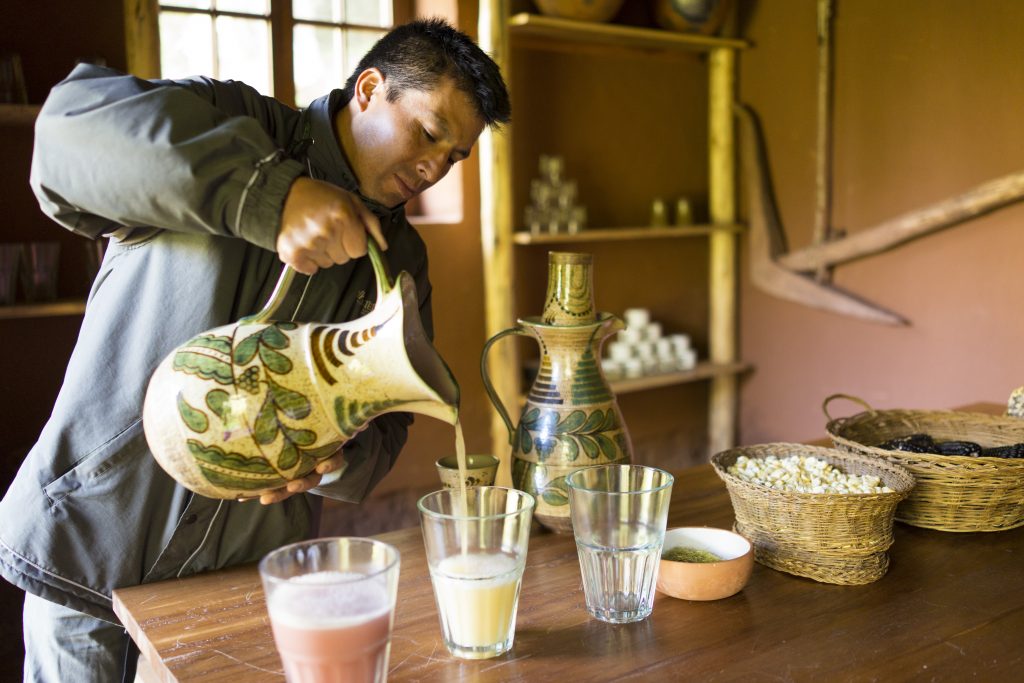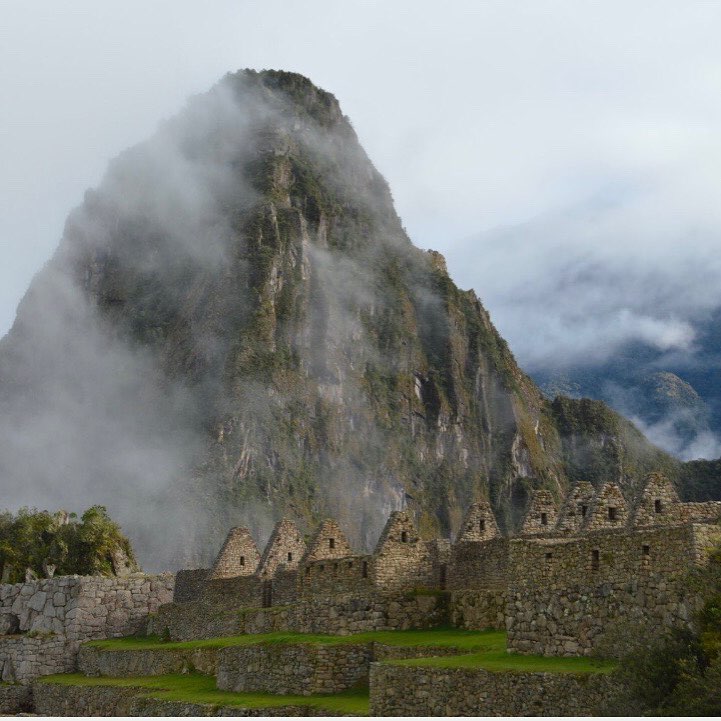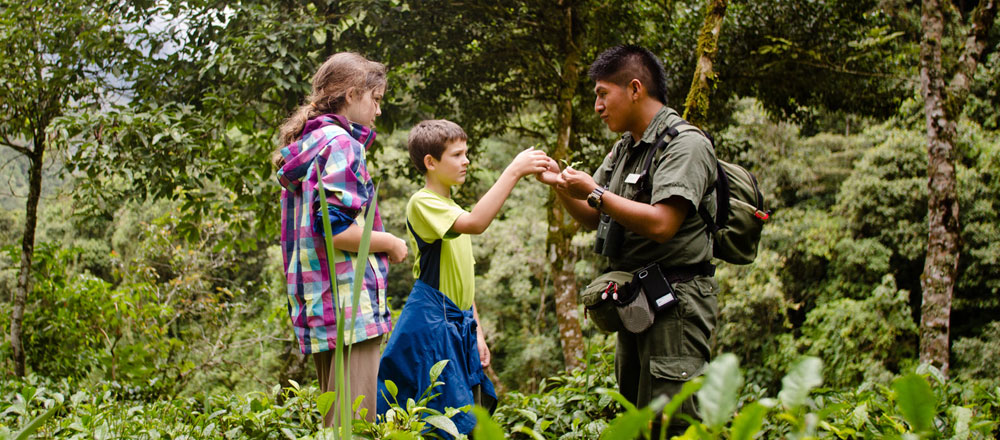14/09/2018
It is said that over 900 years ago, around 1100 CE the Incas migrated to the Cusco valley, seeking a new home for their community. This rich Inca history is embedded deep in the heart of the Cusco region; from the famous 6,000km Great Inca Trail, originally established as a communication pathway between other South American countries, to the rich Quechua language, still used today, and ceremonial drink chicha de jora, the history of the Incas is an important part of the local communities’ lives.

In the centuries that followed, the Kingdom of Cusco was formed as a small city-state, whilst expansion began into surrounding areas. A central government was formed with the Incas at its head and four provincial governments with strong leaders. Most accepted the rule of the Incas and acquiesced peacefully – one Inca ruler sent messages to other leaders expressing the benefits of joining the Empire, offering luxurious gifts such as textiles, and promising they would be materially richer as part of the Empire.
As there were numerous thriving communities within the newly formed Inca Empire, each was encouraged by their rulers to maintain individual traditions, such as worshipping methods, although all communities were simultaneously introduced to the sun worship of Inti – the Inca sun God. The Inca Empire eventually saw its fall in 1532, following a war-laden clash of cultural interests between the Spaniards and native Incas. Kim McQuarrie’s “The Last Days of the Incas”, is a powerful account of the Spanish conquest of the Inca Empire. The novel is also available in Spanish, following recent translation by Inkaterra.
 Photo by sherrylanetravel
Photo by sherrylanetravel
This powerful Empire encouraged growth, resulting in the creation of what will become one of the ‘Seven Wonders of the modern World’ Machu Picchu, which, according to archaeologists, was built as a getaway and summer residence for the royal family. Today this beautiful sight is visited by millions, although some say that the Incas never wanted this wonder to be found and went to huge lengths for it to remain hidden from the Spanish. Less than 100 years after its establishment, the Incas plotted to abandon the site, going as far as burning the nature surrounding the many trails they had created, to keep their treasure hidden.

While the site was discovered long ago, historians, archaeologists and explorers alike continue to discover never before found facts about Machu Picchu. Uncover the many wonders of this ancient citadel site for yourself at Inkaterra. Our explorer guides are equipped with an array of insight on all things Peru and can help you navigate through this historical site, and Peruvian history itself.
If you are interested in finding out a little more about the Inca Empire, see our blog, A Brief History of the Inka Empire.
